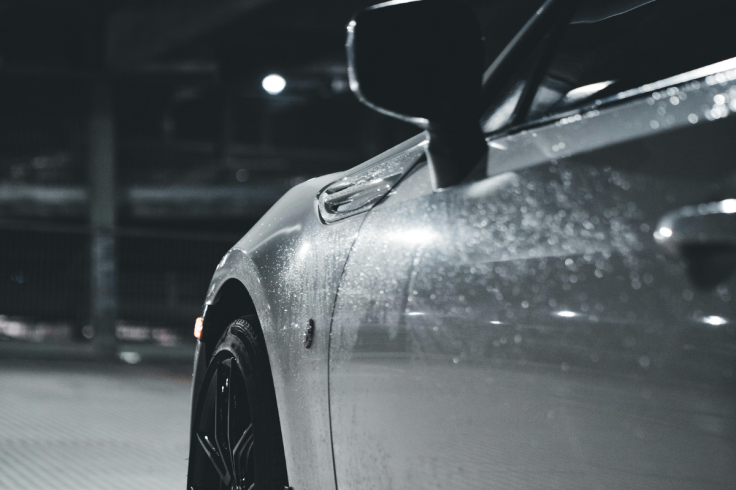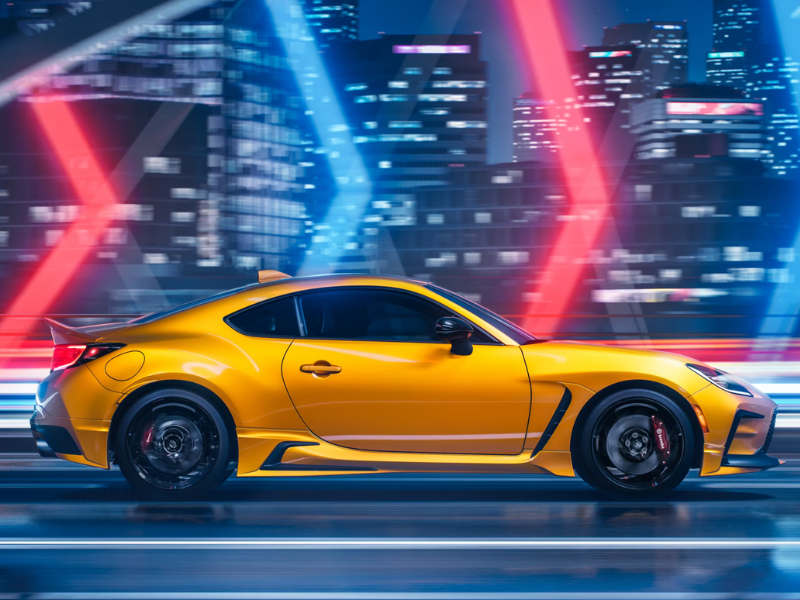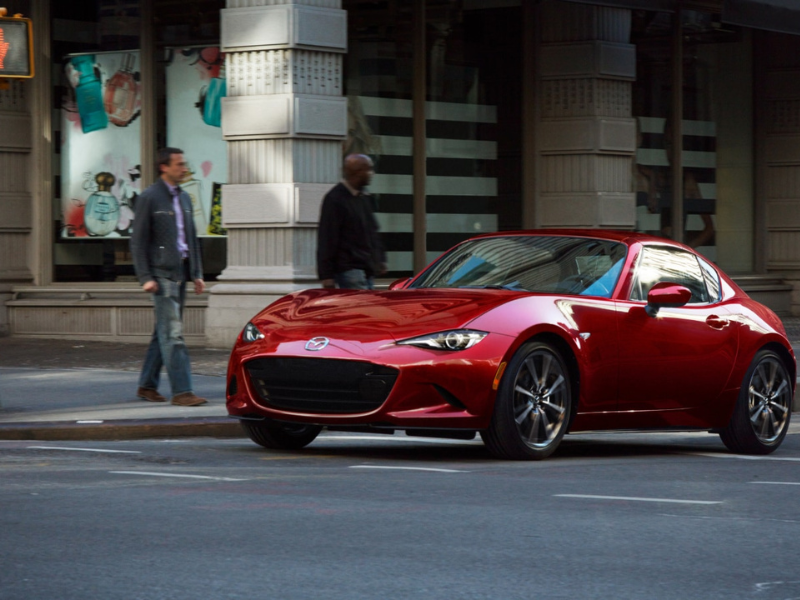Toyota and Mazda Forge Sports Car Alliance: New MX-5 and GR86 Drop in 2027 – Affordable Thrills or Hybrid Hiccup?
Toyota and Mazda engineers are collaborating on a revised version of the current MX-5's lightweight platform

In a seismic shift for Japanese sports cars, Toyota and Mazda have unveiled a strategic alliance to co-develop the next-generation MX-5 Miata and GR86, blending their engineering expertise for a 2027 launch that promises rear-wheel drive fun at accessible prices.
This Toyota Mazda alliance revives hopes for affordable performance cars amid rising electrification pressures, with a shared lightweight platform set to underpin both models.
Yet, as driving enthusiasts debate on social media whether hybrid powertrains will enhance or erode the pure joy of these icons, the automotive world watches closely for a balance between innovation and tradition.
Shared Platform to Define MX-5 and GR86 Dynamics
Toyota and Mazda engineers are collaborating on a revised version of the current MX-5's lightweight platform, weighing just 990 kg in its sportiest guise, to support both the two-seater MX-5 and the stretched 2+2 GR86 coupe.
This shared architecture aims to cut development costs for low-volume Japanese sports cars while preserving rear-wheel drive agility essential to their appeal. Production will occur at Mazda's upgraded Hiroshima facility, bolstered by Toyota's investments, ensuring efficient rollout by late 2027.
The platform's evolution draws from the ND-generation MX-5, with minor extensions for the GR86's layout, maintaining the hallmark 50/50 weight distribution that defines next-gen MX-5 handling. Such synergy could sustain the models' cult status among driving enthusiasts seeking unfiltered thrills without exorbitant expenses.
Hybrid Power Brings 200+ HP Punch
Both vehicles will feature revised 2.0-litre four-cylinder engines targeting over 200 hp, with Toyota confirming a hybrid variant for superior torque and efficiency in the GR86 successor. Mazda's powerplant may follow suit, potentially borrowing Toyota's hybrid system already proven in the CX-50 SUV, to meet stringent 2027 emissions rules across Europe and beyond.
This hybrid sports car approach could boost fuel economy to around 40 mpg combined, appealing to buyers wary of pure petrol guzzlers, yet critics fear added battery weight—possibly 100 kg—might compromise the MX-5's razor-sharp dynamics. Nonetheless, the setup promises instantaneous throttle response, transforming affordable performance cars into versatile daily drivers.
Current 2025 models set a benchmark, with the MX-5 starting at £28,585 ($43,855) and the GR86 at £29,995 ($46,025), suggesting the 2027 hybrids might hold similar pricing to remain competitive.
Enthusiasts Divided Over Hybrid Future


Driving enthusiasts have flooded X accounts with reactions to the Toyota Mazda alliance, praising the potential for evolved Japanese sports cars that stay true to fun roots. One post from CarBuzz highlights the buzz: 'Report Claims Toyota And Mazda Will Team Up To Build Next-Gen GR86, Miata,' sparking debates on whether hybrids will deliver 'affordable thrills' or introduce unwanted complexity.
Report Claims Toyota And Mazda Will Team Up To Build Next-Gen GR86, Miata. Read: https://t.co/LwY4IzW3ki #industrynews #carnews
— CarBuzz (@CarBuzzcom) September 30, 2025
Yet, concerns linger about manual gearbox compatibility with hybrids, as no such pairings exist today, potentially alienating purists who cherish the MX-5's six-speed purity.
The alliance realises a vision of collaborative innovation, potentially securing the future of rear-wheel drive fun in an electrified era. As 2027 approaches, these sports cars could redefine accessible excitement, provided hybrid hiccups do not overshadow their spirited heritage.
With Mazda's Hiroshima plant gearing up, the road ahead brims with anticipation for drivers craving that inimitable grin-inducing drive.
© Copyright IBTimes 2025. All rights reserved.





















